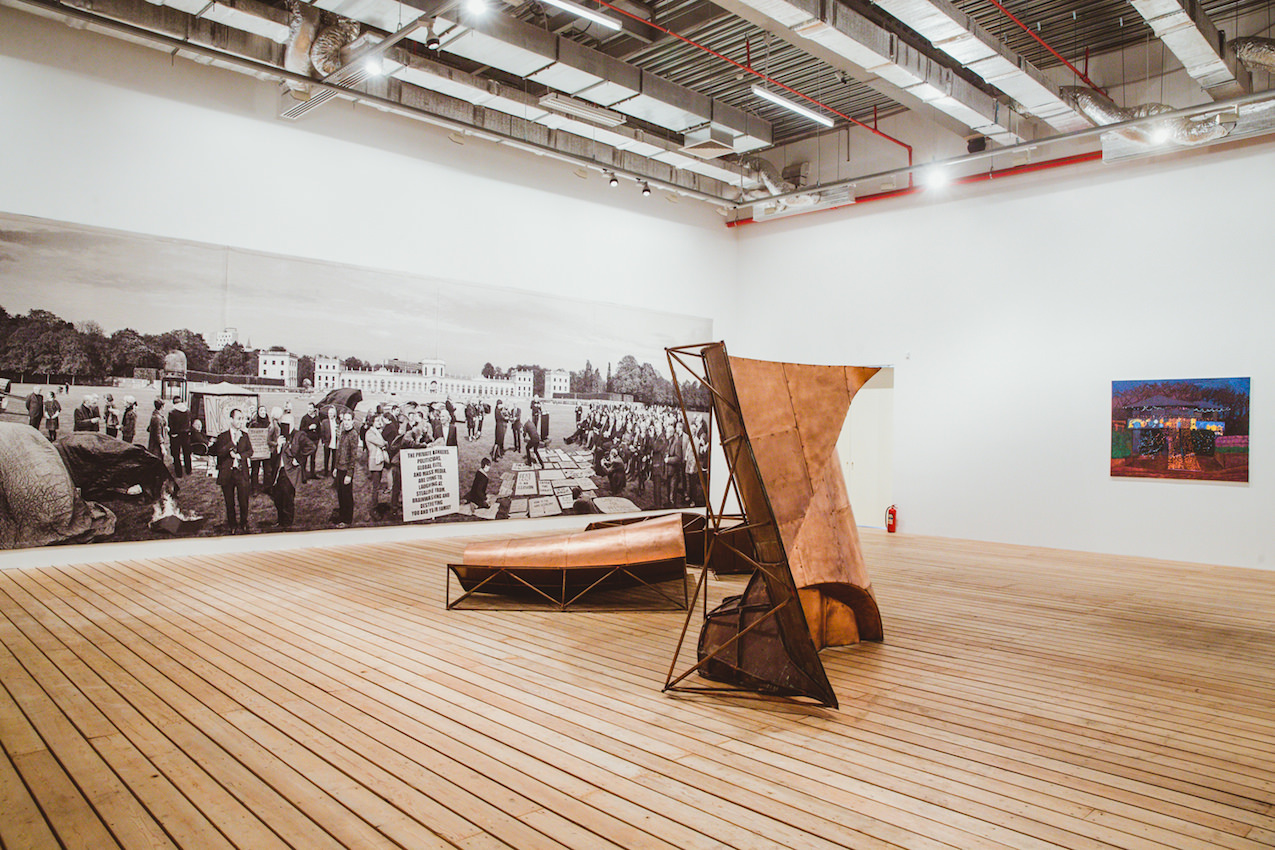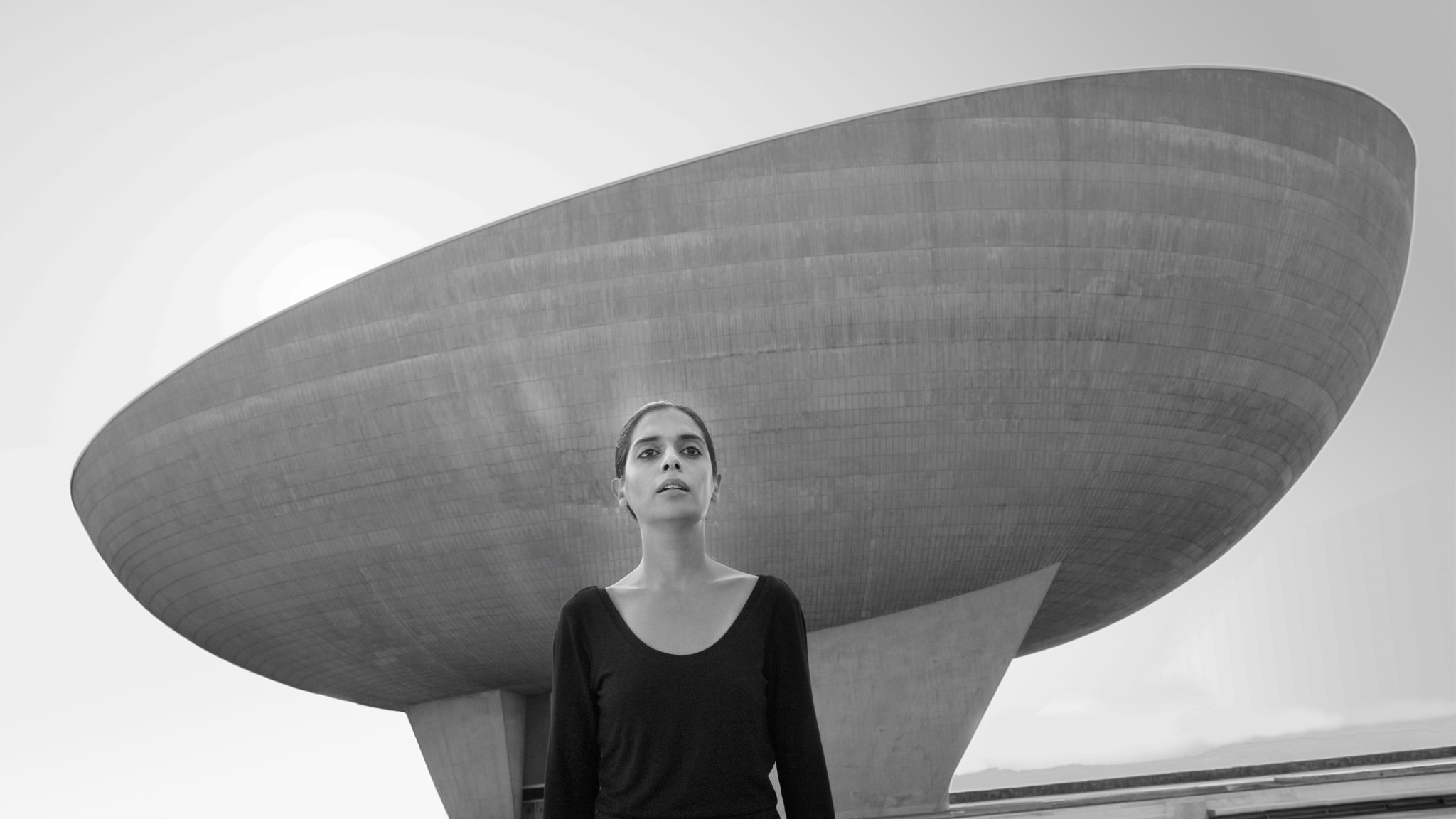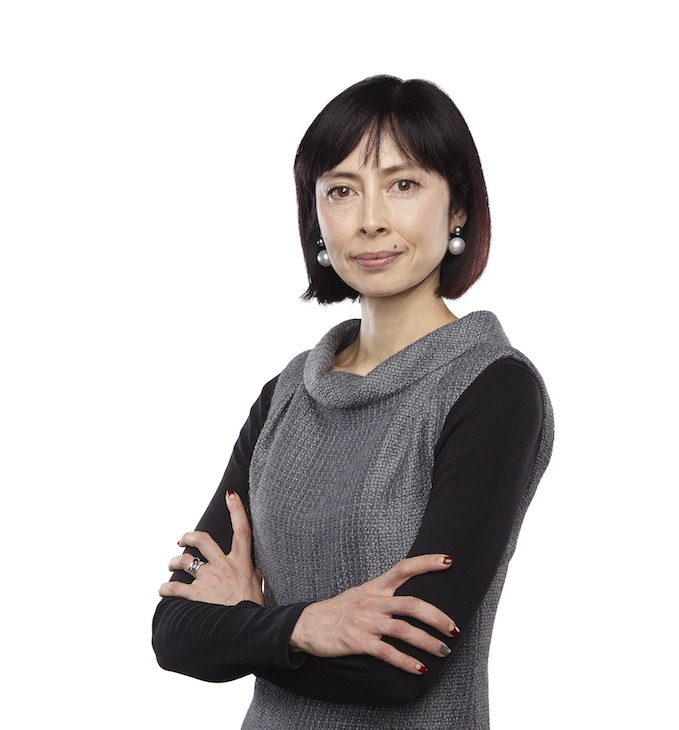Shirin Neshat, an Iranian American artist living in New York, has been addressing the social, political, and psychological dimensions in contemporary Islamic societies for the past two decades. Neshat is known for her powerful photography, films, and video installations that deal with issues of gender, politics, and identity.
Although exhibited all over the world and major museum collections, Neshat’s works have rarely been seen together. On view through July 7, “Shirin Neshat,” a mid-career retrospective opened at The Detroit Institute of Arts (DIA) with a preview gala on April 6 to over 300 guests and patrons in attendance, including special performance honoring Neshat by singer – Sussan Deyhim, featured on the soundtracks of Academy award winning films like Argo and The Kite Runner. The exhibition is the first major showing representing twenty years of Neshat’s work.
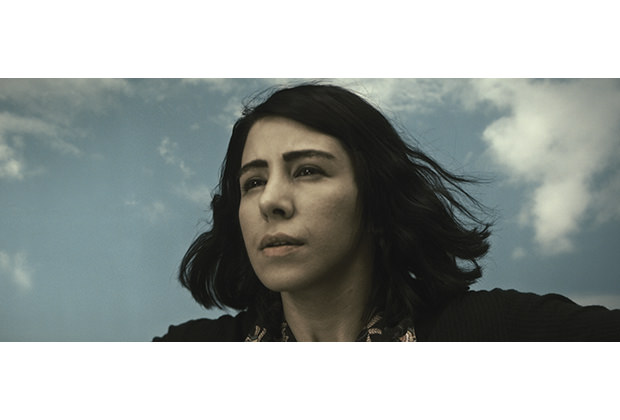
Courtesy of the artist and Gladstone Gallery, New York and Brussels
“Artworks were taken from all over the world. I have never seen 8 of my videos in one place. When I see them all together, it really makes sense – it’s the best way to see my artwork.” Neshat commented.
“Shirin Neshat,” curated by Rebecca Hart, Associate Curator of Contemporary Art at the DIA, includes early video installations Turbulent (1998), Rapture (1999), and Fervor (2000), which explore gender roles in Iran and other conservative Muslim cultures. In Turbulent, Neshat addresses Iranian laws imposed after the Islamic Revolution of 1979 that prohibited women from singing in public. Rapture is a nonverbal, visual poem where groups of men and women occupy separate realms, alternating their observations of each other. In Fervor, Neshat quietly and powerfully examines cultural attitudes about desire and sexuality in traditional Muslim cultures.
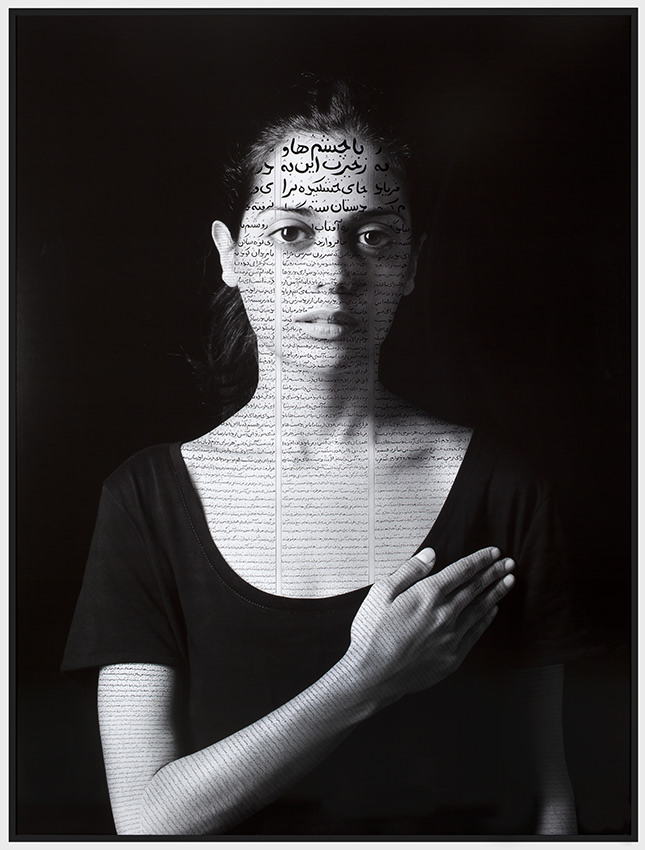
Video still
Neshat is profound with her voice and often quoted on the walls throughout the exhibition, “I am a person myself divided between two worlds…it’s impossible for me to claim that I’m representing Iranian women or am an ambassador of Iran. I’m not. I cannot be that. At the same time, I cannot represent America…So what am I? I am someone in between…”
Also included are Tooba (2002) and her recent feature film Women Without Men (2011). Tooba was Neshat’s first work made after September 11, 2001 and explores the post conflict between East and West, immigration, and a human desire for sanctuary.
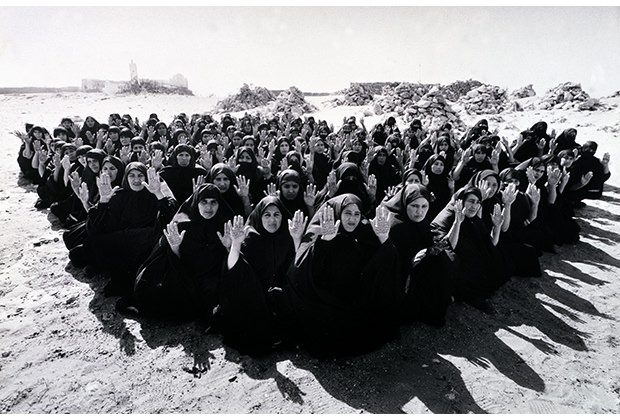
Video still
Women Without Men was adapted from a novel written by Shahrnush Parsipur, a former political prisoner in Iran. The three video installations included in the exhibition follow three female characters of 1950s Iran: Munis, an aspiring political activist; Mahdokht, a would-be mother; and Zarin, a prostitute. Neshat researched the period extensively to achieve realistic detail, from the decor of a brothel to demonstrations on the streets of Tehran. Although banned in Iran, the film won the Silver Lion award at the 66th Venice Film Festival.
Finally, the exhibition includes two series of large black-and-white portraits that bookend her career: Women of Allah (1993-97) and The Book of Kings (2012). Beautiful text often overlay the images drawn from contemporary Iranian poetry and Shahnameh – (The Book of Kings), the 1,000-year old epic poem by the Persian cultural hero Ferdowsi.
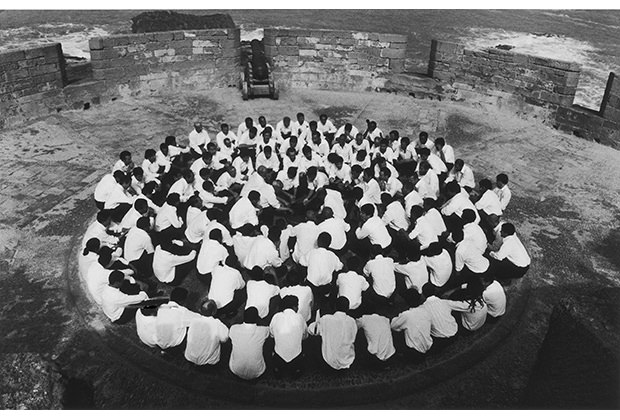
Ink on LE silver gelatin print
“The Detroit Institute of Arts is thrilled and privileged to present this comprehensive exhibition of Shirin Neshat’s art, which shows many of her photographs and videos together for the first time,” said Graham W.J. Beal, DIA director. “When I first viewed her work in 2000, I was particularly entranced by the serenity and stark beauty of what I saw, qualities that pervade Neshat’s work even as she engages with the demanding issues of power, gender, and social values.”
Neshat’s art continuously explores the spaces between her personal aspirations, extraordinary life story, and the socio-political situation in Iran, and, by extension, the Muslim world. Though deeply rooted in her Iranian background, Neshat’s work also incorporates universal themes of empowerment, loss, sacrifice, and the human desire for expression.
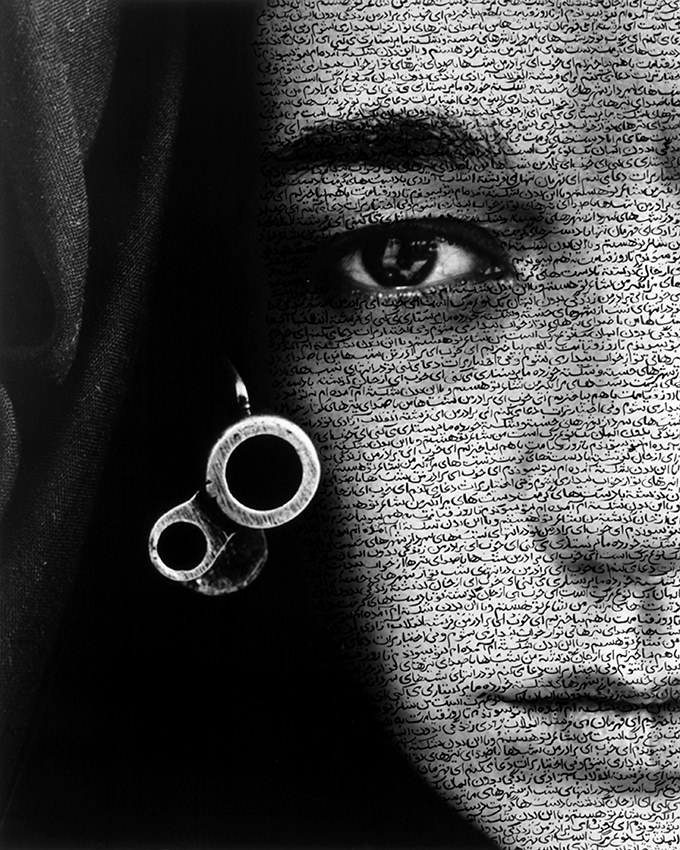
Production Still
“It’s the largest exhibition of my works in one place. I fell in tears…it’s like my own history, like I’m walking into my own home…” said Neshat.
Shirin Neshat, an Iranian American artist living in New York City, is widely acclaimed for her extraordinary video installations and photographs, yet her collected works are rarely considered as a singular production or displayed together. Through visual metaphor and compelling sound, Neshat confronts the complexities of identity, gender, and power to express her own vision that embraces the depth of Islamic tradition and Western concepts of individuality and liberty.
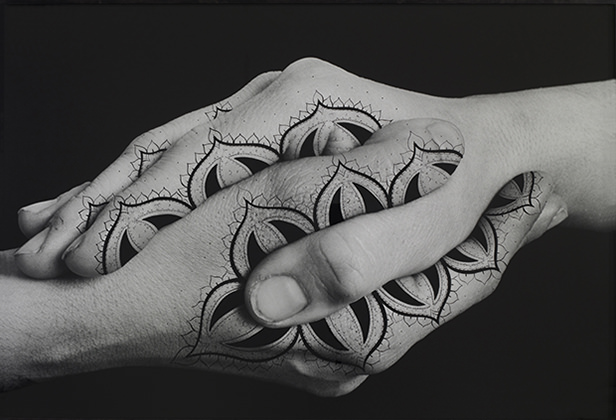
Production Still





